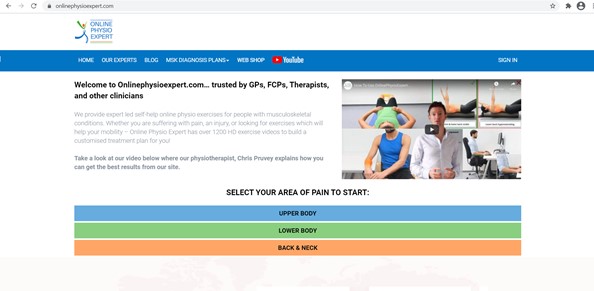What does the abolition of NHS England mean for NHS procurement?

On March 13, 2025, the Government announced the abolition of NHS England. The Government says this move is being made to streamline healthcare management by integrating NHS England’s functions directly into the Department of Health and Social Care (DHSC) and it ‘will reduce bureaucracy, make savings and empower NHS staff to deliver better care for […]
NHS tenders: What rule changes are coming into force in 2025?

This year, the NHS is making wholesale changes to the way businesses can procure tenders. The Procurement Act 2023, is set to come into force at the end of February and with it comes changes that aim to make the process more streamlined; enhancing transparency and making for a more level (and competitive) playing field. […]
What are PSR regulations and how do they affect NHS tenders?

Within the integrated care system, Integrated Care Boards (ICBs) are responsible for NHS budgets at a local level, arranging and commissioning the provision of health and social care services in their local area. On January 1, 2024 the Provider and Selection Regime (PSR) came into force specifically for the procurement of health care services for: […]
Are patients really ‘at the centre’ of integrated care?

For some time now, the Government has been promoting its policy of ‘person-centred care’. In fact, the term was first introduced in the NHS Plan and other government policy documents in 2000. What is person-centred care? According to the Care Quality Commission (CQC), person-centred care is defined as ‘providers making every reasonable effort to provide […]
Are you able to demonstrate your Carbon Reduction Plans in a tender bid?

From April 2024, it will be compulsory to demonstrate Carbon Reduction Plans (CRPs) in any NHS tender bid submissions. This is because the NHS has announced a goal to achieve net zero emissions by 2045 and this will also include emissions generated by goods and services purchased through its suppliers. Since April 2023, for all […]
Virtual wards: An exciting opportunity for your business
FOR many industries, the pandemic has had a lasting impact, fuelling many new opportunities for growth and change, particularly in healthcare where virtual wards are now commonly used. It’s a process which largely began during the early days of lockdown, when businesses had to react quickly to find new ways of working remotely, embracing technology […]
What is next for adult social care?
On 7 September 2021, the government set out its new plan for adult social care reform in England. This included a lifetime cap on the amount anyone in England will need to spend on their personal care, alongside a means-test for local authority financial support. These plans were part of the Build Back Better campaign […]
What is the NHS System Oversight Framework and what does it mean for procurement going forward?

At the end of June, NHS England (NHSE) announced plans to transform the way integrated care systems (ICSs) buy non NHS goods and services in a document entitled NHS System Oversight Framework 2021/22. But what is the significance of this framework? And what will it change for companies and organisations looking to land NHS contracts? […]
Take control of your injury recovery with new self-help website, Online Physio Expert

Restrictions brought in to control the Covid-19 virus have changed life as we know it. Not only has the pandemic dramatically impacted the way we live and work, but it has placed immeasurable strain on the NHS and medical services as frontline medical staff battle the greatest challenge they have faced in modern history. New […]
Waiting lists and the long-term future of the NHS

Healthcare waiting lists in the UK are reported to be longer now than they have been for about two decades. In total, 4.52 million people are currently on NHS waiting lists and around 224,000 patients have been waiting for longer than a year. Experts have warned the overall waiting list figure could double to as […]
